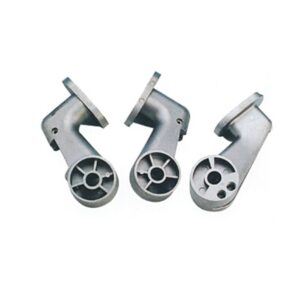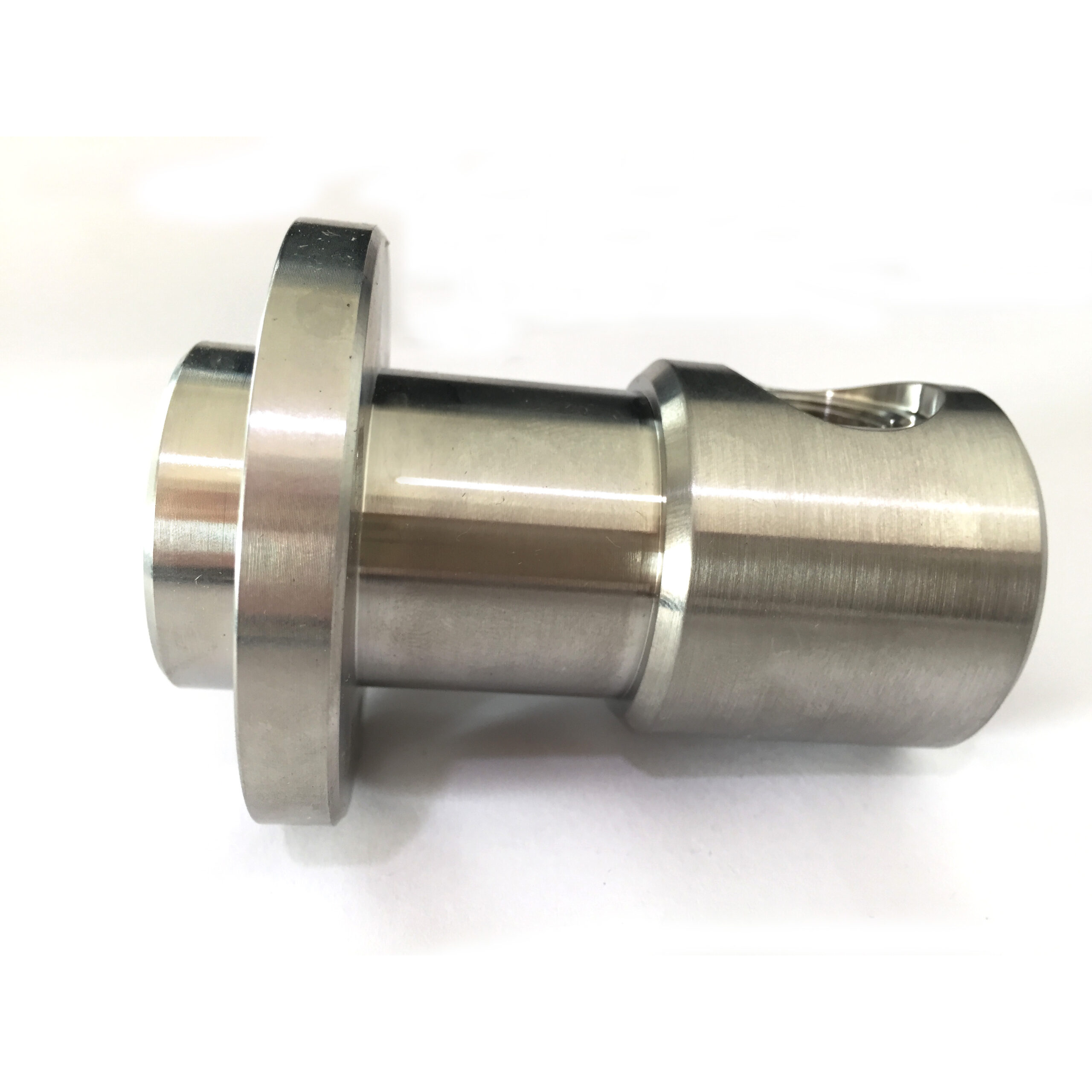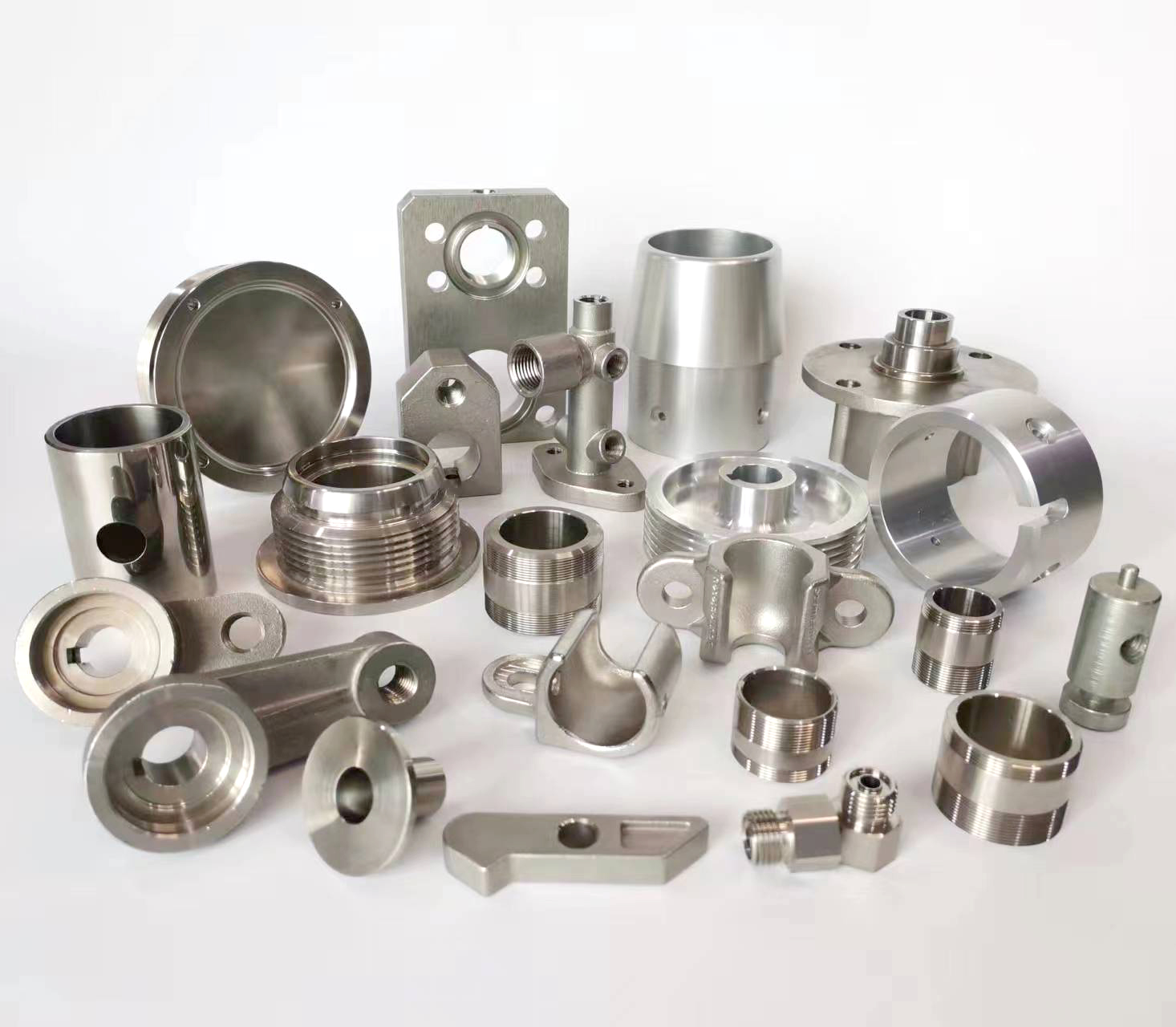
Elongation is a fundamental measure of a material’s ductility, indicating its ability to be plastically deformed without fracturing. It is expressed as a percentage and is a key result obtained from a tensile test. The process of measuring it involves both precise testing and careful post-test analysis.
The core formula for calculating elongation is:
Percentage Elongation = [(L_f – L_o) / L_o] × 100%
Where:
L_o = Original Gauge Length
L_f = Final Gauge Length (after fracture)
Here is a step-by-step breakdown of the entire process.
1. Understanding the Critical Concept: Gauge Length
The most important concept in measuring elongation is the Gauge Length (L_o). It is not the total length of the specimen, but a specific, standardized portion of it where elongation is measured. The value of the elongation result is highly dependent on the gauge length used. Therefore, the gauge length must always be reported with the result (e.g., 25% elongation in 50 mm).
2. Pre-Test Preparation
Step 1: Specimen Machining
A standardized test specimen is machined, typically in a “dog-bone” or dumbbell shape. This ensures that:
The stress is concentrated in the reduced cross-section.
Fracture occurs within a defined region, away from the gripping areas which experience complex stresses.
Step 2: Marking the Original Gauge Length (L_o)
Before the test, the original gauge length must be clearly marked on the specimen. There are two primary methods:
Method A: Manual Punch Marking (Most Common for Post-Test Measurement)
A set of precise, fine punch marks is made on the specimen within its parallel section.
The standard gauge lengths are often 50 mm (2 inches) or 80 mm for rectangular specimens, and 5x the diameter (5D) for round specimens.
The distance between these marks is carefully measured with a calibrated vernier caliper or a traveling microscope to establish the exact L_o.
Method B: Using an Extensometer Gauge Length
For automated measurement, the extensometer—a device attached to the specimen during the test—has its own gauge length (e.g., 50 mm).
The software records the strain directly from the extensometer until it is removed (usually just after the yield point to prevent damage). The total elongation is then calculated by the machine’s software, often by correlating extensometer data with crosshead movement.
3. The Tensile Test and Fracture
The specimen is placed in a Universal Testing Machine and pulled in tension until it fractures. The key is to ensure that the fracture occurs within the marked gauge length. If it fractures outside or at the grips, the test is considered invalid and must be repeated.
4. Post-Test Measurement: The “Fit-Up” Method
This is the most critical and definitive step for manual calculation.
Step 1: Retrieving the Specimen
Carefully remove the two broken pieces from the testing machine.
Step 2: Fitting the Pieces Together
Bring the two fractured ends together, ensuring they are aligned as perfectly as they were before breaking. Apply gentle pressure to close any gap that resulted from the fracture itself. The goal is to measure the plastic stretch, not the broken void.
Step 3: Measuring the Final Gauge Length (L_f)
Using the same measuring instrument (vernier caliper, traveling microscope), measure the distance between the two original punch marks. The specimen has permanently elongated, so this distance, L_f, will be greater than L_o.
Step 4: Calculation
Apply the measured values to the formula:
Percentage Elongation = [(L_f – L_o) / L_o] × 100%
Example Calculation:
Original Gauge Length (L_o) = 50.00 mm
Final Gauge Length (L_f) = 62.50 mm (after fitting the pieces together)
Percentage Elongation = [(62.50 – 50.00) / 50.00] × 100%
= [12.50 / 50.00] × 100%
= 0.25 × 100% = 25%
The elongation of this metal specimen is 25%.
5. Automated Measurement via Software
Modern tensile testing software can report elongation automatically. This is typically done by:
Using a video extensometer that tracks marks on the specimen throughout the test.
Correlating the crosshead movement (after the yield point, where the relationship is relatively linear in the plastic region) to the strain. This method is less accurate than a physical extensometer or the manual fit-up method but is sufficient for many quality control purposes.
The software performs the calculation in real-time and reports the value at fracture.
Important Considerations and Best Practices
Standardization is Key: All procedures must follow relevant international standards, such as ASTM E8/E8M (for metallic materials) or ISO 6892-1. These standards dictate specimen dimensions, gauge lengths, and testing speeds.
Necking: In ductile metals, deformation localizes in a “neck” just before fracture. The elongation value includes both the uniform elongation (up to ultimate tensile strength) and the localized necking.
Gauge Length Effect: A crucial point is that the measured percentage elongation depends on the gauge length-to-diameter ratio. A shorter gauge length will give a higher percentage elongation because the localized necking has a greater proportional effect. This is why the gauge length must always be specified.
Accuracy: The manual “fit-up” method, while seemingly simple, is the reference method defined by standards for determining total elongation. It directly captures the total plastic deformation.
In summary, measuring the elongation of a metal is a systematic process that involves preparing a standardized specimen, marking a precise gauge length, fracturing it under a controlled tensile load, and then carefully measuring the permanent stretch in the gauge section to calculate the percentage increase in length. This value is a direct indicator of the metal’s ductility.





